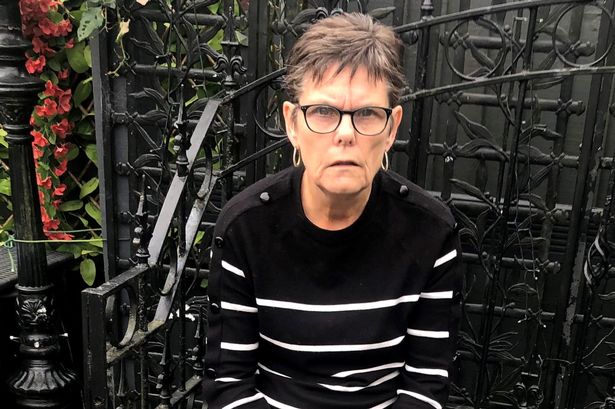Pharmacist and PhD researcher Hannah Cleary is making significant strides in pharmaceutical research, particularly in the area of novel drug delivery systems. Currently in her final year of a PhD with the SSPC (Science Foundation Ireland Research Centre for Pharmaceuticals), Cleary is situated at Trinity College Dublin and collaborates with esteemed researchers across multiple universities, including University College London and University of Nottingham.
Cleary emphasizes the crucial role of trust and transparency in scientific communication, particularly in light of recent global health challenges. She asserts that researchers now hold a greater responsibility to engage openly with the public. “It’s important to communicate not just results but also the uncertainties and limitations inherent in the scientific process,” she stated during her recent interview.
Her research specifically targets the mechanisms behind long-acting injectables (LAIs), which are designed to administer medication over extended periods, sometimes weeks or even months. These formulations can stabilize drug levels in the bloodstream, enhancing patient adherence to treatment protocols. Despite their potential, the design of effective LAIs presents considerable challenges due to the complexities involved in their absorption and release mechanisms.
Exploring the Science Behind Long-Acting Injectables
When an LAI is administered, it forms a depot at the injection site, where the drug gradually dissolves and diffuses into the bloodstream. Cleary and her team investigate various factors that affect this absorption process, including local physiological conditions and key pharmaceutical properties of the formulation. To achieve this, they utilize a combination of physiologically based pharmacokinetic (PBPK) computational modelling and laboratory testing methods.
This multifaceted approach aims to develop predictive dissolution tests for LAI products, ultimately enhancing their design and testing. By improving understanding of how these injectables behave in the body, Cleary’s research seeks to optimize formulation design, reduce development costs, and enhance patient safety and adherence.
Cleary’s long-term vision for her work is to contribute to the creation of more predictable, patient-centred therapies. This involves tailoring formulations not only for effectiveness but also to align with patients’ lifestyles and treatment preferences. Furthermore, she aims to lower medication costs by advancing the development of generic LAIs, thereby improving accessibility for patients in need.
Inspiration and Personal Journey in Research
Cleary’s passion for research is rooted in her formative experiences. She completed her master’s in pharmacy at University College Cork, where she engaged in diverse projects focused on pharmacy education and interdisciplinary patient interventions. These initial experiences fostered her appreciation of how pharmacy research transcends traditional dispensary roles, influencing patient outcomes and public health.
Reflecting on her educational journey, Cleary credits her high school science teachers, particularly Mrs. Greene and Mrs. Sweeney, for igniting her curiosity. “Mrs. Greene made science feel alive and relatable,” she recalls, while Mrs. Sweeney encouraged her to approach chemistry with a questioning mindset. This nurturing environment inspired Cleary to pursue research as a means of making a tangible impact on people’s lives.
One memorable project involved investigating how a physiotherapist-led programme improved handwriting in patients with Parkinson’s disease. The significant enhancements observed in patients’ writing legibility underscored for Cleary the real-world implications of research, reinforcing her belief that scientific inquiry is not merely about data but about enhancing quality of life.
As she explains the intricacies of her research, Cleary often uses relatable analogies. For instance, she compares her in vitro dissolution testing to the process of making a cup of tea, illustrating how variables such as granule size and liquid composition affect the final product. This analogy helps demystify complex processes, making her research more accessible to non-experts.
Cleary actively participates in conferences and outreach activities, sharing her findings beyond academic circles. These opportunities facilitate meaningful conversations with individuals who may ultimately benefit from the therapies her research helps improve.
In conclusion, Hannah Cleary represents a new generation of pharmacists who are bridging the gap between science and patient care. Her ongoing research in long-acting injectables not only aims to enhance drug delivery systems but also embodies a commitment to patient-centered healthcare solutions. By prioritizing transparency and public engagement, Cleary hopes to inspire trust and understanding in the scientific community.







